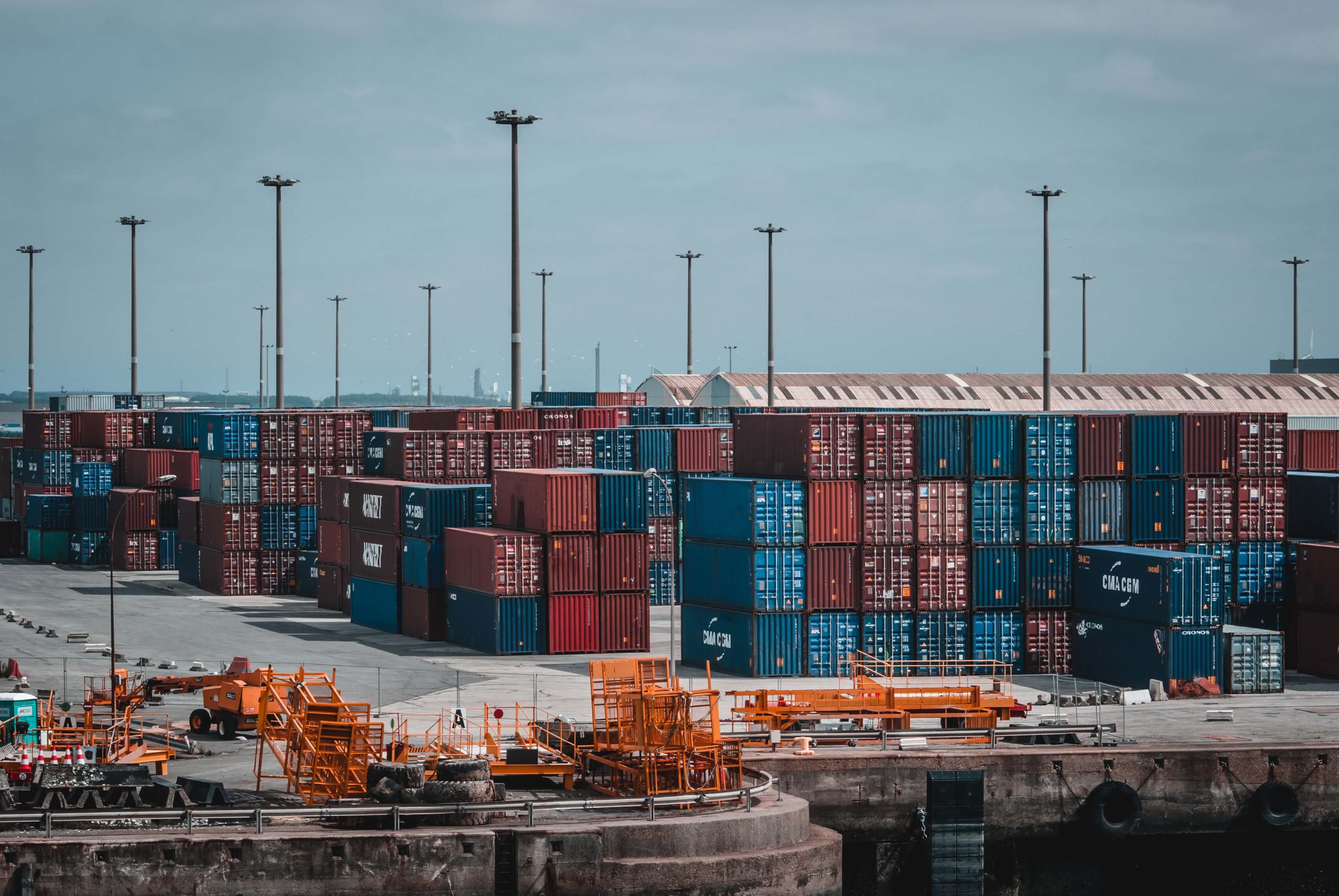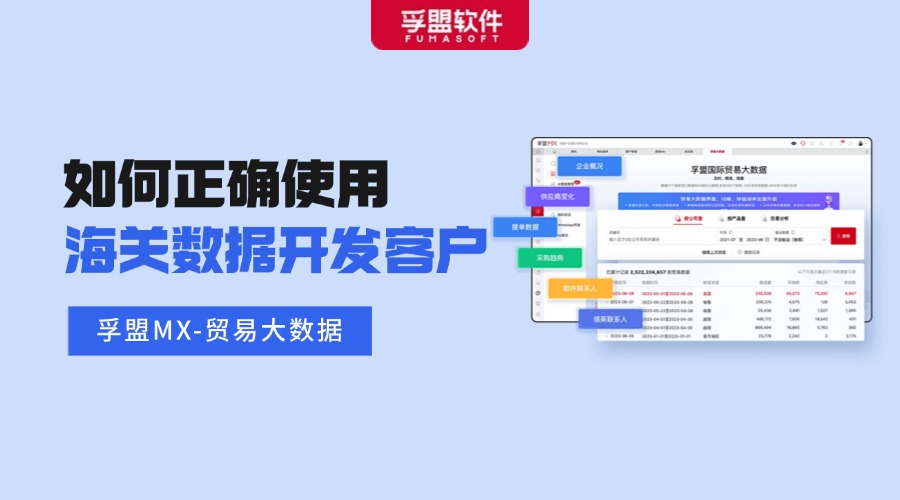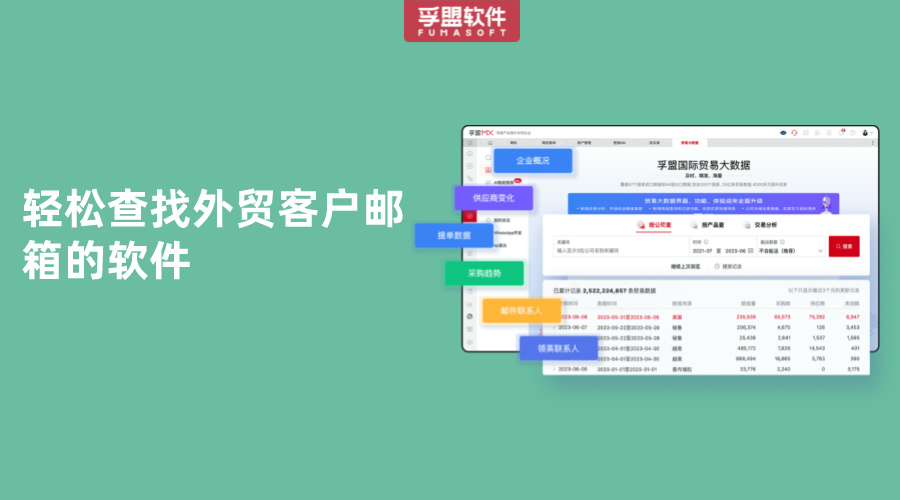 首頁
>
新聞資訊
>
外貿干貨
>
受圣誕季促銷影響,中國服裝出口增速加快
首頁
>
新聞資訊
>
外貿干貨
>
受圣誕季促銷影響,中國服裝出口增速加快
受圣誕季促銷影響,中國服裝出口增速加快

在外貿國際市場需求增加和為圣誕季促銷備貨等因素的拉動下,中國外貿服裝出口增速加快。據海關統計,1-10月,中國外貿服裝(含衣著附件,下同)出口1433.5億美元,同比增長25.7%,比2019年同期增長14.4%。其中10月當月出口169.4億美元,同比增長25%,比2019年10月增長33.4%。
前10個月,中國服裝對主要市場的出口均呈現較快增長。其中,對美國、歐盟、日本三大主要市場出口分別增長41.4%、21.2%和8.8%,對東盟、中東、非洲、拉丁美洲出口分別增長23.9%、28.2%、34.4%和48%,對韓國、澳大利亞、俄羅斯和加拿大出口分別增長23.8%、31.4%、3.2%和13.7%。
行業企業在延續生產恢復態勢的同時,運行質效持續恢復。據國家統計局統計,10月份,中國服裝行業規模以上企業工業增加值同比增長8.2%,比9月高3個百分點;1-10月,服裝行業規模以上企業工業增加值同比增長9.1%,增速同比提高19.1個百分點,兩年平均下降0.9%(以2019年相應同期數為基數,采用幾何平均的方法計算),降幅比1-9月收窄0.3個百分點;規模以上企業完成服裝產量191.25億件,同比增長8.88%,增速同比提高17.26個百分點,兩年平均下降0.1%,降幅比1-9月收窄1個百分點。且行業企業虧損有所收窄,營業收入利潤率小幅提升,固定資產投資完成額增速同比提高,企業運行質效持續恢復。
不穩定不確定因素交織
中國服裝協會認為,總體來看,今年四季度到2022年,中國服裝行業面對的發展形勢依然錯綜復雜,不穩定不確定因素交織存在,行業繼續保持平穩向好發展的基礎仍需鞏固。
從外部需求看,全球疫情持續蔓延,國際市場復蘇前景仍面臨高度不確定性。今年三季度以來,全球經濟復蘇步伐整體放緩,新變異毒株加大了全球經濟復蘇前景的不確定性。國際市場服裝消費需求恢復進程隨之起伏波動,回升力度仍顯疲弱。在主要消費市場,受商品價格上漲、供應鏈中斷等因素影響,美國市場消費需求走弱,11月份密歇根大學消費者信心指數從9月份的72.8降至67.4,服裝零售雖保持大幅增長,但增速明顯放緩;1-10月美國服裝和配件零售額同比增長50.39%,增速比1-6月回落17.04個百分點。受疫情反彈困擾,歐盟服裝零售表現低迷,9月份歐盟紡織服裝鞋類零售同比下降2.3%,環比下降0.3%。1-9月日本紡織服裝及附件零售額同比增長0.74%,增速比1-6月回落1.37個百分點。
復雜形勢驅動全球服裝產業鏈、供應鏈分布格局加快調整重構。前期受東南亞疫情及全球供應鏈瓶頸影響,海外采購商、零售商正在將生產制造從東南亞轉至本國或其他歐洲國家,加速推進“中國+多個國家”的全球采購策略。隨著疫苗推廣下東南亞各國疫情趨穩,越南、孟加拉國等的生產能力快速恢復,服裝出口轉為正增長。10月單月,越南紡織品成衣出口在連續兩個月大幅下降后同比小幅增長4.55%,前10個月出口同比增長5.51%。馬來西亞和土耳其服裝出口在10月單月和前10個月同比分別增長72.71%和23.55%;孟加拉國成衣前9個月出口同比增長18.33%。
外貿服裝主要進口國的來源地份額變化也印證了這一點。1-10月,東盟在美國服裝進口市場同比減少3個百分點的份額,主要由印度、洪都拉斯和巴基斯坦等國填補;越南、印尼、緬甸在日本服裝進口市場合計減少的4.18個百分點份額,除中國增加1.89個百分點的份額外,孟加拉國、馬來西亞的份額分別增加了0.49和1.74個百分點。
從國內情況看,綜合成本上漲加劇、用工結構性短缺、人民幣匯率波動等持續加大行業企業尤其是中小企業的經營壓力。
簡報指出,一方面,能源供應緊張、價格上漲推高中間產品價格,處于產業鏈下游的服裝企業的成本上漲壓力進一步加大;另一方面,國際貨運價格倍數增長,人民幣匯率和美元指數同時走強,以及港口擁堵、工人短缺造成的全球供應鏈中斷仍在持續,均給企業正常交貨回款帶來較大風險,嚴重壓縮出口企業利潤空間。據國家統計局數據,1-10月,服裝行業規模以上企業成本費用的營業收入占比高達94.68%,比2019年同期高0.49百分點。
Driven by the increasing demand in the international market and stocking up for the Christmas season promotion, China's garment export has accelerated. According to customs statistics, From January to October, China exported 143.35 billion US dollars of clothing (including clothing accessories, the same below), up 25.7% year on year and 14.4% compared with the same period in 2019. Of these, October exports amounted to 16.94 billion US dollars, up 25 percent year on year and 33.4 percent higher than October 2019.
In the first 10 months, China's garment exports to major markets showed rapid growth. Exports to the United States, the European Union and Japan increased by 41.4%, 21.2% and 8.8%, respectively. Exports to ASEAN, the Middle East, Africa and Latin America increased by 23.9%, 28.2%, 34.4% and 48%, respectively. Exports to South Korea, Australia, Russia and Canada rose 23.8%, 31.4%, 3.2% and 13.7%, respectively.
Industrial enterprises in the continuation of production recovery, while the operation of quality and efficiency continued to recover. According to the National Bureau of Statistics, in October, the industrial added value of enterprises above designated size in China's garment industry increased by 8.2% year on year, 3 percentage points higher than September. From January to October, the industrial added value of enterprises above designated size in the garment industry increased by 9.1% year on year, with the growth rate increasing by 19.1 percentage points year on year, and the two-year average decreased by 0.9%(based on the corresponding corresponding period in 2019 and calculated using the geometric average method), which was 0.3 percentage points narrower than that from January to September. The garment output of enterprises above scale reached 19.125 billion pieces, up 8.88% year on year, with the growth rate up 17.26 percentage points year on year, and the two-year average decrease of 0.1%, which was 1 percentage point narrower than that from January to September. Moreover, the losses of industrial enterprises narrowed, the profit margin of operating income increased slightly, the growth rate of completed fixed asset investment increased year on year, and the quality and efficiency of enterprise operation continued to recover.
Unstable and uncertain factors interweave
China National Garment Association believes that, on the whole, from the fourth quarter of this year to 2022, The development situation of China's garment industry is still complicated, with unstable and uncertain factors interwoven, and the foundation for the steady and sound development of the industry still needs to be consolidated.
In terms of external demand, the global epidemic continues to spread, and the prospects for recovery in the international market remain highly uncertain. Since the third quarter of this year, the overall pace of global economic recovery has slowed down, and the new mutant strain has increased the uncertainty of the prospects of global economic recovery. The recovery process of garment consumption demand in the international market fluctuates and the strength of recovery is still weak. In major consumer markets, the consumer demand in the US market has weakened due to factors such as rising commodity prices and supply chain disruption. The Consumer confidence index of university of Michigan in November dropped to 67.4 from 72.8 in September. Although the clothing retail industry maintained a substantial growth, the growth rate slowed down significantly. Us retail sales of clothing and accessories grew 50.39 percent year on year in the january-October period, down 17.04 percentage points from january-June. Plagued by the rebound of the epidemic, clothing retail sales in the EU have been sluggish. In September, the retail sales of textiles, clothing and footwear in the EU decreased by 2.3% year-on-year and 0.3% month-on-month. In The january-September period, retail sales of textiles, clothing and accessories rose 0.74% year on year, down 1.37 percentage points from january-June.
The complex situation has accelerated the adjustment and reconstruction of the distribution pattern of the global apparel industry chain and supply chain. Affected by the epidemic in Southeast Asia and the bottleneck of the global supply chain, overseas buyers and retailers are shifting their manufacturing from Southeast Asia to their own countries or other European countries, accelerating the global procurement strategy of "China + multiple countries". With the promotion of vaccines, the epidemic situation in Southeast Asian countries has stabilized, the production capacity of Vietnam and Bangladesh has recovered rapidly, and the garment export has turned into positive growth. In October alone, Vietnam's textile and ready-to-wear exports edged up 4.55% yoy after falling sharply for two consecutive months. In the first 10 months, exports grew 5.51% yoy. Malaysia's and Turkey's garment exports increased by 72.71% and 23.55% year-on-year in October and the first 10 months respectively. Bangladesh's ready-to-wear exports rose 18.33 per cent in the first nine months from a year earlier.
This is also confirmed by the change in the origin share of the main importing countries of foreign trade clothing. From January to October, ASEAN's share in the US apparel import market decreased by 3 percentage points year-on-year, mainly made up by countries such as India, Honduras and Pakistan. Vietnam, Indonesia and Myanmar lost 4.18 percentage points of their share in Japan's garment import market. In addition to China's increase of 1.89 percentage points, Bangladesh's and Malaysia's share increased by 0.49 and 1.74 percentage points respectively.
Domestically, rising overall costs, structural labor shortages and fluctuations in the RMB exchange rate continue to increase the operating pressure on industrial enterprises, especially small and medium-sized enterprises.
The briefing notes that, on the one hand, the tight energy supply and rising prices push up the prices of intermediate products, and the garment enterprises in the lower reaches of the industrial chain face further increasing cost upward pressure. On the other hand, the multiple growth of international freight prices, the simultaneous strengthening of the RMB exchange rate and the DOLLAR index, and the ongoing disruption of the global supply chain caused by port congestion and worker shortage all pose great risks to the normal delivery and payment collection of enterprises, and seriously compress the profit margin of export enterprises. According to the National Bureau of Statistics, from January to October, the operating income of enterprises above designated size in the garment industry accounted for 94.68% of the total, 0.49 percentage points higher than the same period in 2019.
熱門推薦
視頻課程精選














